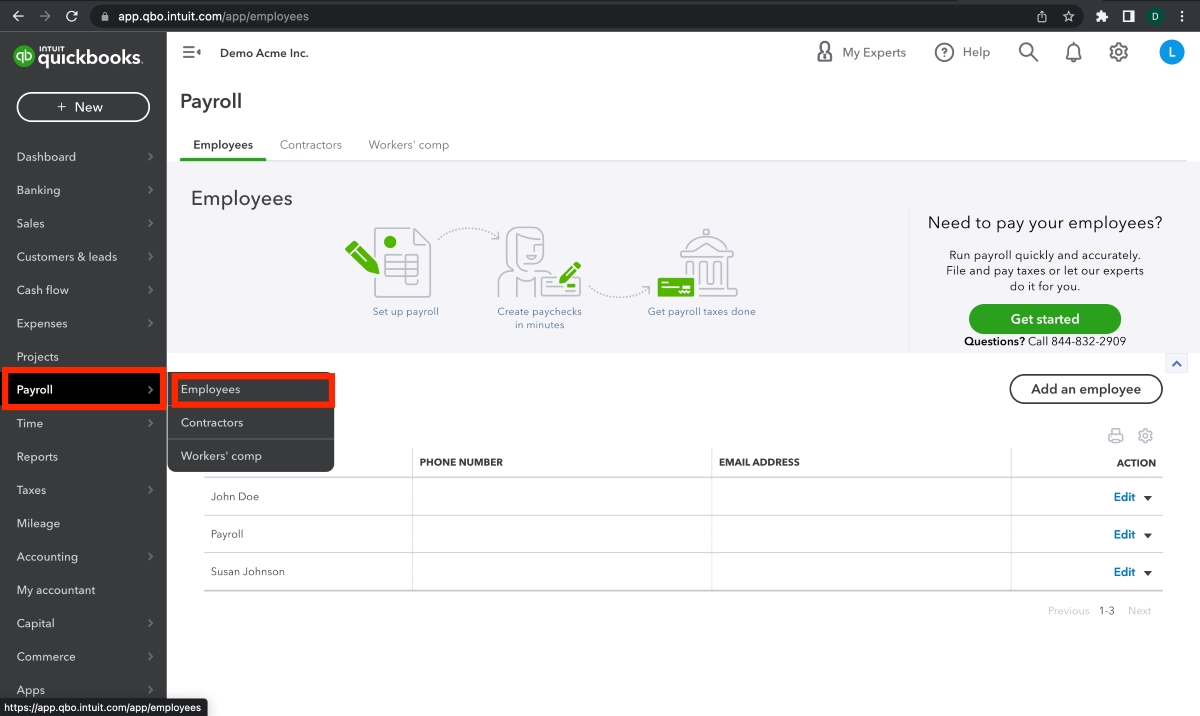Home>Finance>Non-Interest Income: Definition, Examples, Importance


Finance
Non-Interest Income: Definition, Examples, Importance
Published: December 31, 2023
Discover the meaning, significance, and diverse examples of non-interest income in the field of finance. Explore its importance in financial management and strategies.
(Many of the links in this article redirect to a specific reviewed product. Your purchase of these products through affiliate links helps to generate commission for LiveWell, at no extra cost. Learn more)
Non-Interest Income: Definition, Examples, Importance
When it comes to finance, one of the most crucial aspects that businesses and individuals focus on is interest. We often analyze and give a lot of attention to the interest we earn or the interest we pay. But have you ever wondered about the other side of the coin? That’s where non-interest income comes into play. In this blog post, we’ll dive into what non-interest income is, provide examples, and discuss its importance in the world of finance.
Key Takeaways:
- Non-interest income refers to the revenue generated by financial institutions and businesses outside of the interest earned on loans or investments.
- Examples of non-interest income include fees, commissions, service charges, and gains from the sale of assets.
Now that we have a basic understanding, let’s delve deeper into what non-interest income entails and why it is a crucial financial metric.
What is Non-Interest Income?
Non-interest income, also known as fee income, is the revenue generated by financial institutions and businesses that is not derived from interest earned on loans or investments. It encompasses various sources of income that are considered auxiliary to the primary sources driven by interest rates.
Non-interest income is commonly derived from fees, commissions, service charges, and gains from the sale of assets. It represents a diverse range of revenue streams, which can substantially contribute to a company’s overall profitability and financial stability.
Examples of Non-Interest Income
1. Service Charges: Financial institutions often charge fees for services such as account maintenance, wire transfers, and ATM usage. These charges are a prime example of non-interest income.
2. Loan Origination Fees: When a financial institution facilitates a loan, it usually charges a loan origination fee. This fee helps cover the costs associated with processing the loan and represents a significant source of non-interest income.
3. Credit Card Fees: Credit card companies generate revenue through annual fees, late payment fees, and foreign transaction fees, thereby contributing to their non-interest income.
4. Investment Banking Fees: Investment banks earn substantial non-interest income through services like underwriting, mergers and acquisitions, and advisory fees.
5. Insurance Premiums: Insurance companies thrive on non-interest income generated from premiums paid by policyholders.
6. Brokerage Commissions: Investment brokerages earn income through commissions charged on trades executed by clients.
7. Gains from Sale of Assets: When businesses sell assets, such as real estate or securities, any gain incurred from the sale contributes to their non-interest income.
The Importance of Non-Interest Income
Non-interest income plays a vital role in diversifying a financial institution or business’s revenue streams, reducing their reliance on interest-based earnings. Here’s why it holds immense significance:
- Stability: Non-interest income provides stability during economic downturns, as it is typically less susceptible to interest rate fluctuations.
- Profitability: By generating revenue from multiple sources, businesses can maximize profitability and bolster their financial standing.
- Risk Mitigation: Relying solely on interest income can expose businesses to significant risks. Non-interest income helps mitigate this risk by diversifying revenue sources.
- Customer-centric Approach: By offering a variety of services and products, companies can cater to the diverse needs and preferences of their customers, ultimately fostering better relationships and customer loyalty.
Non-interest income is a critical aspect of financial institutions and businesses, contributing to their overall success and sustainability. By leveraging diverse revenue streams, these organizations can navigate economic fluctuations and drive profitability.
In conclusion, understanding non-interest income opens up a whole new dimension when it comes to evaluating the financial health of companies. By paying attention to this critical metric and diversifying revenue streams, businesses can strengthen their financial position and weather economic storms with greater ease.














